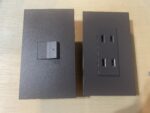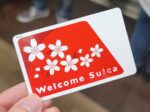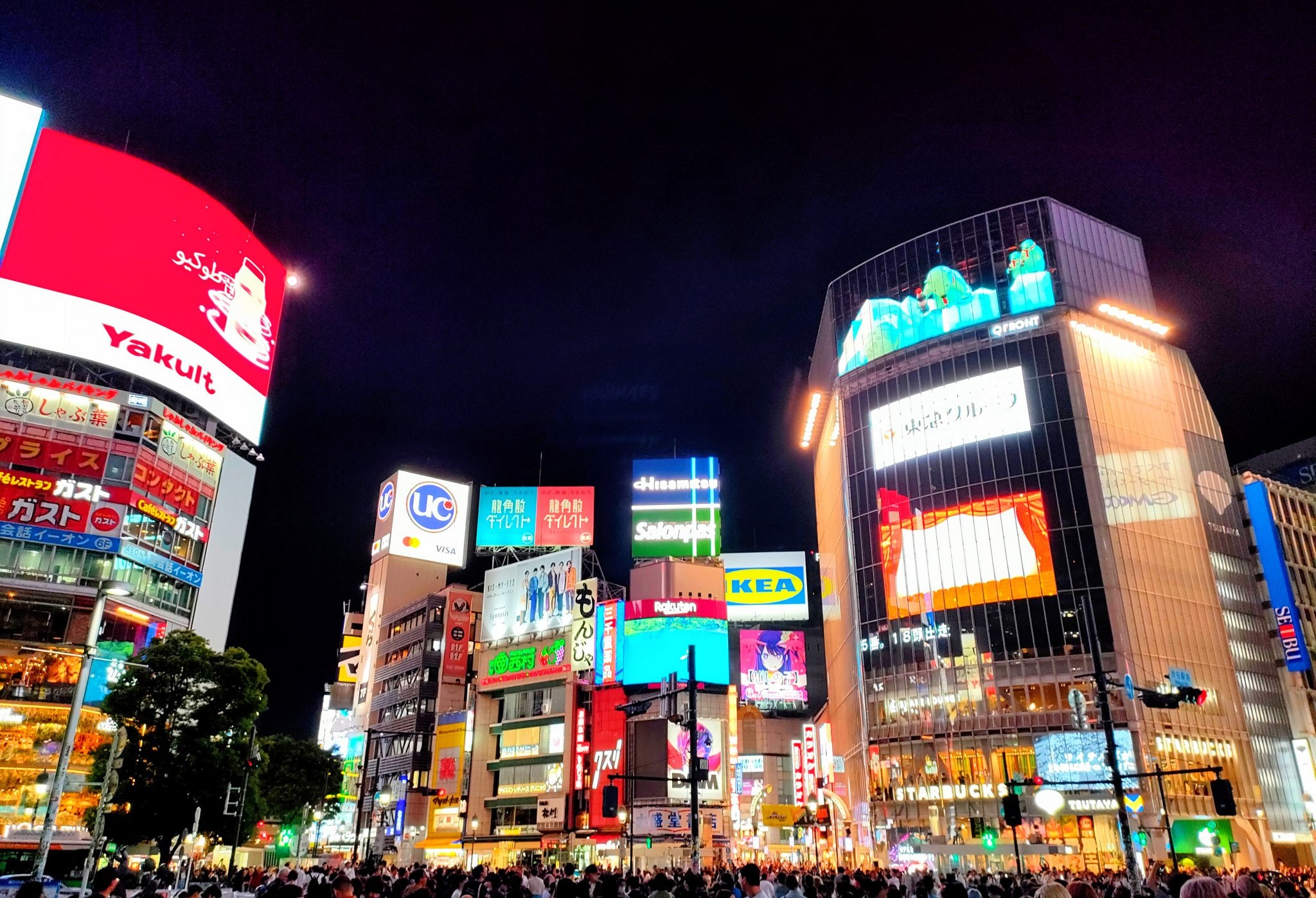
When traveling in Japan, having a working smartphone is more than just convenient—it’s essential. From ordering food by scanning QR codes at restaurants, to checking train schedules, translating signs, or navigating with maps, reliable internet access is a must for any visitor.
But what’s the best way to stay connected? Should you get a SIM card or use an eSIM? In this article, we’ll compare the two options and explain why eSIM is the smarter, easier choice—especially if you use a service like esim site.
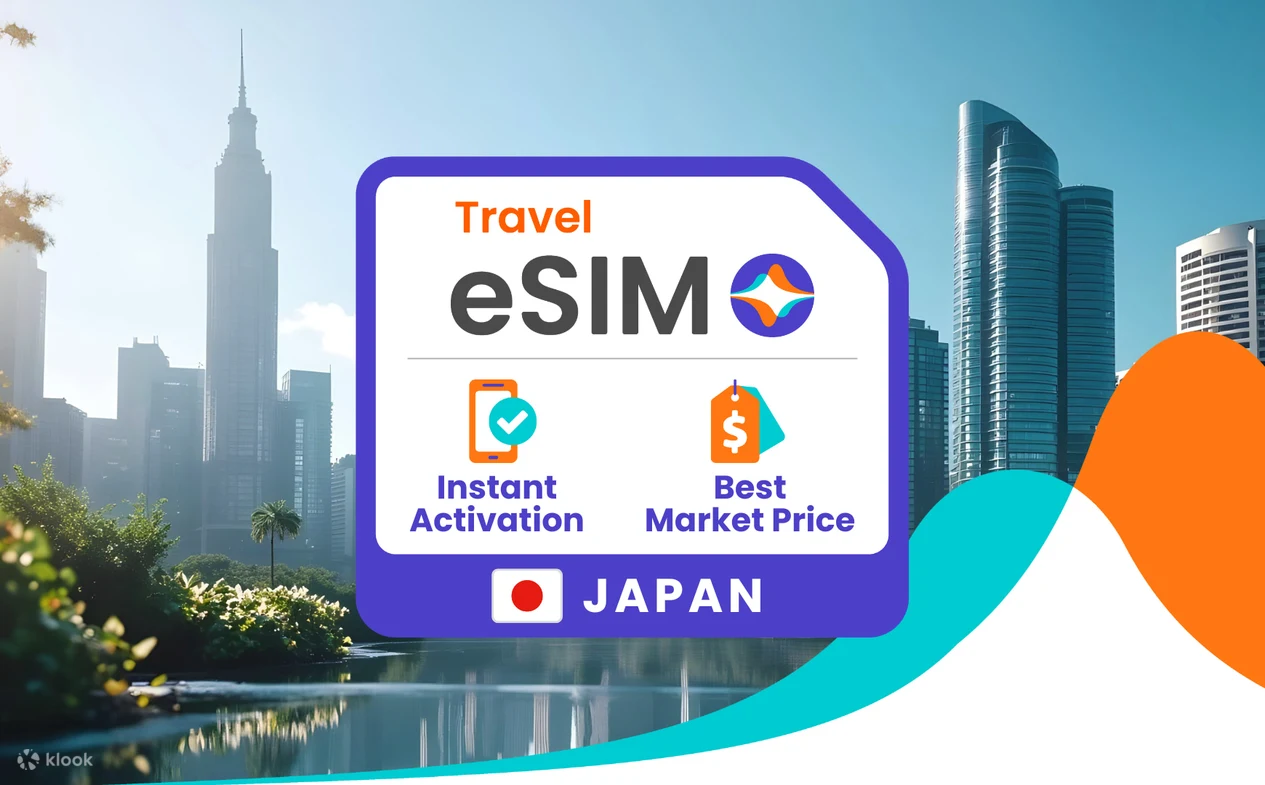
eSIM vs. SIM Card: What’s the Difference?
| Feature | eSIM | SIM Card |
|---|---|---|
| Format | Digital (built-in) | Physical card |
| Setup | Quick scan of QR code | Requires SIM slot access and manual installation |
| Risk of Loss | None | Easy to lose due to small size |
| Price | Often cheaper | Can be more expensive |
| Purchase Method | Online in advance | At airports, electronics stores, or convenience stores |
| Activation | Can be set up before arriving in Japan | Must wait until arrival to install |
Advantages of eSIM
- Easy Setup
Just scan a QR code—no need to open your phone or switch out cards. - No Risk of Losing It
eSIMs are built into your phone, so there’s nothing to misplace. - No Airport Hassle
Install and activate it before you arrive, so you’re online the moment you land. - Stable Connection
For example, eSIM uses NTT Docomo, one of Japan’s most reliable networks—great even in rural areas. - Budget-Friendly
Some site offers 7-day plans starting from just a few USD, making it a great value for travelers.
Disadvantages of SIM Cards
- Physically Swapping is Inconvenient: You’ll need a SIM tool to open the slot, and not all phones make this process easy.
- Risk of Losing the Card: SIM cards are tiny and easy to misplace.
- Manual Setup: Depending on your device, APN settings may need to be configured manually.
- Limited Convenience: You must buy and activate it after arriving in Japan.
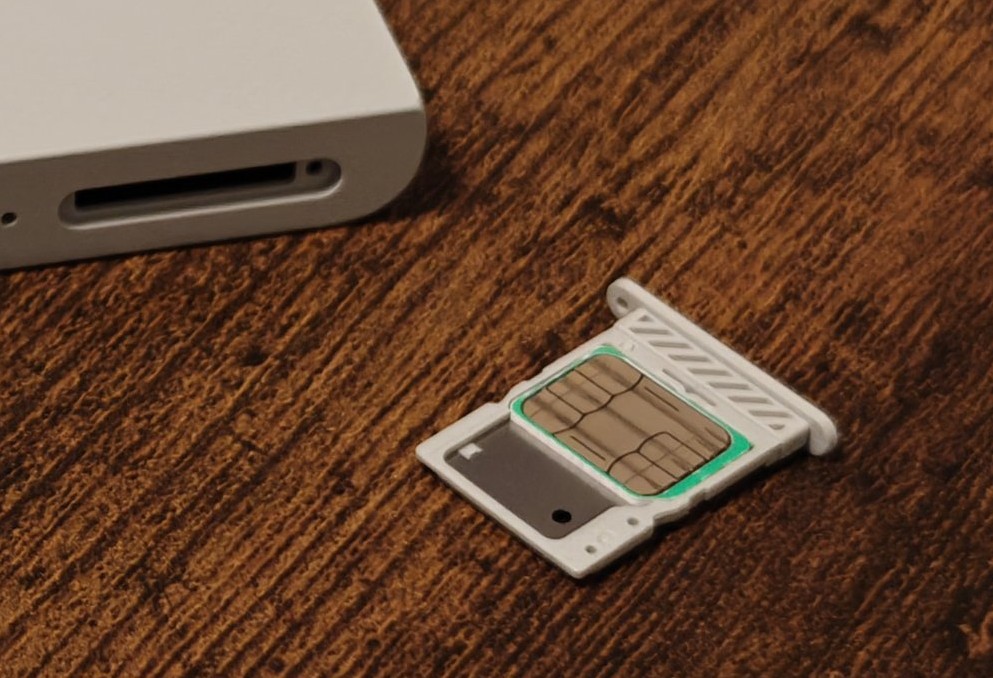
Where to Buy an eSIM?
We recommend here:

- A travel-friendly website available in multiple languages.
- Offers various affordable eSIM plans specifically for Japan.
- Provides clear setup instructions, even for first-time users.
- Uses Docomo’s network, ensuring excellent coverage across Japan.
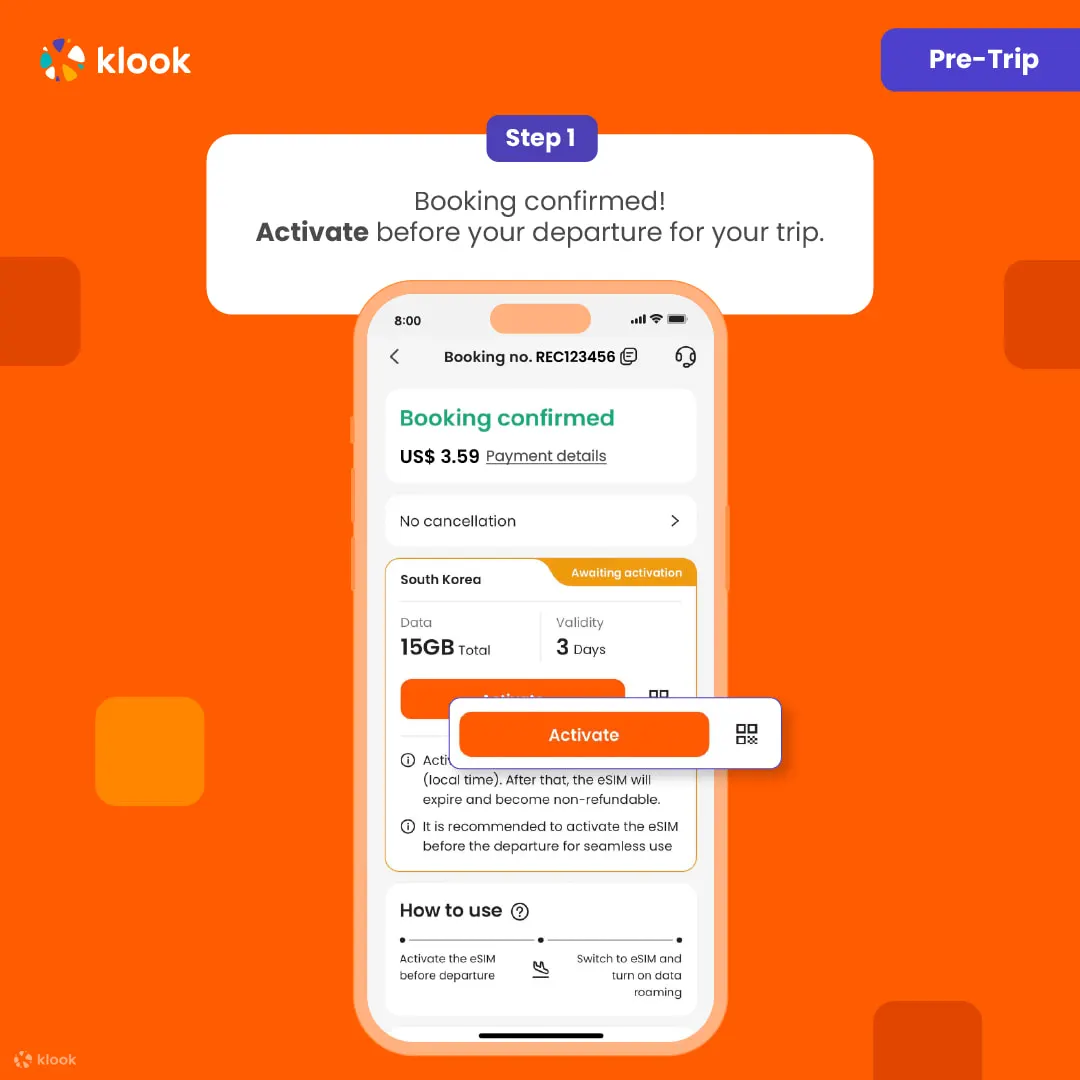
But If You Really Want a SIM Card…
If you still prefer using a physical SIM card, you can purchase one at various locations in Japan:
- International Airports: Narita, Haneda, Kansai, and others have vending machines and counters that sell prepaid SIM cards.
- Convenience Stores: Major chains like 7-Eleven, FamilyMart, and Lawson sometimes sell tourist SIMs, especially in big cities.
- Electronics Stores: Shops like Bic Camera, Yodobashi Camera, and Don Quijote offer a variety of SIM card plans and staff who can assist (some stores have English-speaking staff).
- Online (for in-store pickup): Some companies allow you to reserve a SIM online and pick it up at the airport.
Make sure your phone is unlocked before attempting to use a Japanese SIM card.

Conclusion: eSIM is the Best Choice for Tourists in Japan
In Japan, your smartphone is your lifeline for everyday activities. An eSIM offers fast setup, low cost, strong network reliability, and zero hassle. Compared to traditional SIM cards, it’s a modern, traveler-friendly solution.
If you’re comfortable with digital technology, eSIM is by far the best option—especially with providers like this site making the process smooth and affordable. But if you prefer a physical SIM, there are still many places to buy one once you arrive in Japan.
Stay connected and enjoy your trip to Japan from the moment you land!

Alcoholic beverage Anime April Architecture August Autumn Building Capital Area Cherry blossom February Flower Izakaya Japanese food July Kinki kyoto Local ramen Manga March Nagoya Nature Nightlife Night view October Osaka Photogenic Pink Red Sakura September Shopping Shrine Souvenir Spring Station Summer Superb view Temple Tips Tohoku Tokai Tokyo Torii White Winter



